MicroMax Yu Yureka is launching soon and we think that like us, you too are damn excited about the latest Cyanogen OS device, that will be available soon at a jaw dropping price of INR 8,999 — for what it comes packed with. But then again, there are indeed more than a few devices that successfully give Yu Yureka a run for money. Which is why, we are getting you a comparison of Micromax Yureka with Xaomi Mi RedMi Note 4G (launches within 2 weeks), Asus Zenfone 5 (killer looks, a hero!), Xolo Q1000S Plus and Karbonn Titanium Octane Plus.
Of course, Yu Yureka is a clear winner in most parts, thanks to ultra-impressive specs-sheet and low cost, but other devices in this segment surely have some specs up their sleeves which makes up for the reason for this comparison.
Before we dig deep into comparison, let’s get you few important observations in a very concise way. Of the 5 devices, we can determine particularly which device you would want to choose if you can fix particular features for your phone. Let’s see this.
Yu Yureka
CPU, GPU and software are the best of all devices. And that’s a great deal. Moreover, it brings 64-bit, LTE and Cyanogen OS, all of which are a big plus. 5″ HD IPS display, camera, storage, RAM and battery are satisfying but the only area which remains grey for the dual-SIM supporting Yu Yureka is looks, which are just about good. And good means good, not bad — that’s to say, it’s a decent device, but not a killer one or something to look on and drool over. Get this if you are not fixated on a device with killer looks and you want LTE and best CPU and GPU for the segment. Score: 9.5
Mi RedMi Note 4G
Looks are definitely a notch better than Yureka, but Asus Zenfone 5 is still clearly one big step ahead of RedMi Note 4G. CPU and GPU are a bit old now but still good, and an year behind that in Yureka. While, 5.5″ HD IPS display, camera and software are at par with Yureka. 3100 mAh battery is a big plus, but where the Mi RedMi Note 4G falls a bit behind is support for single SIM only, and meagre 8GB internal storage. Btw, it weighs a lot at 199 grams. Score: 9.0
Asus Zenfone 5
Well. if looks matter to you, than seriously, look no further than the Zenfone 5 — you will simply end up coming back to Zenfone 5 photo and keep drooling over it until it reaches your hands. Although 9 months old, its CPU and GPU are great, and its 5″ HD IPS display and camera are amazing. Its dual-SIM and comes with tons of cool and highly useful features for which Asus deserves both clap and pat on the back. Though, you can get only 8 GB variant at Yureka’s price as 16 GB will cost around INR 2000 ($32) more. Zenfone 5’s stylish looks make up for everything that is already great but not the greatest, that’s for sure. Score: 9.5
XOLO Q1000S Plus
An FHD 1080p 5″ display (441 PPI), 32 GB internal storage, 3000 mAh battery, etc. all in a 8 mm slim body is the reason why you would want Q1000S Plus. CPU and GPU are a tad better in Yureka and for all good things Q1000S offers, it comes at a price around 15-20% more than Yureka. If you want 32 GB internal storage, it’s the only device among the five best devices of this range. That said, it fails with looks, which is just dishearting for the specs it gets you. And it supports only single SIM. Score: 9.0
Karbonn Titanium Octane Plus
It looks good, and is just 7.6 mm slim. And packs in cool 5″ FHD display (441 PPI), latest CPU and GPU, decent camera, decent storage and supports dual-SIM too. All cool, right? But Karbonn Titanium Octane Plus comes with a dinky 2000 mAh battery. So, go for it only if you want a very slim device that looks good and if you are sure that you can manage easily with its not-large-at-all battery — meaning, you are not looking play games a lot and are looking to spend time mainly on Whatsapp and Facebook on your slim phone, that runs fast and can play any game when you would want to. Score: 9.0
Check out the comparison chart that below. to compare all the 5 devices with their main features.
Btw, Score = Value for money
Now, let’s discuss them all in detail. See what we think about the main features of this bunch of devices.
Processor and GPU
Although there is not a great deal of difference here — not a deciding factor to say he least — but since we are to rank the processor, we would choose Yureka’s 64-bit Snapdragon 615 processor above all, followed by Octane Plus’ MediaTek MT6592 processor. Same goes for the GPU housed in these devices together with the processor.
On 3rd position, we would group all other 3 device’s CPU and GPU, even though their performances aren’t exactly similar, because they all are great for this price segment.
Expect Snapdragon 615 to power many Android devices in 2015, specially in this segment of the market, where device pricing would be around INR 10,000-18,000 ($160-280). Yep, you will see MT6592 a lot, too.
Display
All of the top five devices in this segment feature IPS display, so it’s down to size and resolution which makes and breaks the deal. While each one has respectable PPI, the full HD display in the device with plus — Xolo Q1000S Plus and Karbonn Titanium Octane Plus — are better than the others. Notably, both command premium price too — Q1000S costs around 29% more than Eureka while Titanium Octane costs around 15% more.
And in both devices, while at FHD, you sacrifice the screen real estate as both get you 5.0″ display (measured diagonally), compared to Yureka and RedMi Note 4G that get you cool 5.5″ display, but at almost half PPI: 267. That difference in PPI is a telling one, but not bad — you can live with it easily. Asus Zenfone 5 on the other hand gets you 5.0″ display with HD resolution, thus a respectable PPI of 294, around the same retina display’s 326 PPI.
If you want your display to be very very crisp, go for higher PPI, and if you can live with 267 PPI — which is fine — don’t leave Yureka and MiNote on this ground alone.
Btw, Asus offers a goodie, that being its Splendid app that comes pre-installed with the Zenfone 5, allowing you to change saturation and contrast of the device to your taste. Samsung also offers such choice, in 4 fixed options (Dynamic, Standard, Professional Photo and Cinema) but Splendid give you full control.
Camera
Difference between 13 MP and a 8 MP shooter is a considerably good, but so is that of the Aperture — it decides the blur and focus of the camera, which is very important — that’s to say, f2.0 is far better than f2.2. Asus provides the best camera experience of the lot, although at 8.0 MP, as it’s got f2.0 aperture and its add-ons in the camera app pack coolest of the features you’d find in phones like Note 4 and S5, and are actually useful features.
Agreed, you can get many such features from apps in play store but what comes pre-installed really really matters. On the downside, Zenfone 5 offers only 2MP upfront, so that’s a little disappointment.
And if we are to talk specs, Octane Plus takes all the honors with its 13 MP canera (16 MP also available) in front and 8MP in the back. Yureka’s Sony IMR135 sensor has our hopes but we can’t actually say much until we have tested it out. Yureka’s 13 MP and 5 MP cameras should do a good job for everyone, and same for other devices.
Software and Updates
All of the above phones come with Android 4.4 KitKat OS, and their respective custom UI skin. All good, but which device will get update — and how many times, which is turn also depends on how old the device is — matters a lot. In this regard, Yureka and RedMi Note 4G hold the upper hand as they are newest of the lot, and both OEMs have good background in software. Expect these two to get Lollipop update first of all among the top five budget phones above.
There will be good waiting though, around 1 month, as we expect the update to arrive in late Jan 2015. Btw, if you want a lollipop device right now, then Moto G at INR 12,999 ($205) can get you that. Nobody beats Motorola to updates today.
The basic Android OS apart, the custom UI plays a significant role too. While we would give Cyanogen OS and MIUI OS an upper hand usually, it’s the ZenUI that makes us think again and eventually decide the crown of best custom UI is its favour. You just have to look at all the apps that Asus packs in, many of them highly useful and not found in other custom skins.
For example, the Asus backup app that would let you backup your apps with data, which is why normally you would root to us app like Titanium Backup. That’s incredible from Asus, and there are more such apps. Hence, ZenUI wins. Moreover, the power saving feature that ZenUI offers is a great one, too — you get that in Lollipop too, and on S5 on KitKat (thanks to TouchWiz custom UI).
After Asus, comes the Cyanogen OS in Yureka, which takes all cool features from our long favorite custom ROM CyanogenMod. MIUI in RedMi Note 4G is good too as regards features and customization.
Battery
Well, these specs speak for themselves. We’re impressed by RedMi Note 4G and Xolo Q1000S Plus’ battery — 3100 and 3000 mAh respectively — but cannot think of a reason leading to Karbonn using a meagre 2100 mAh battery for its otherwise good-spec’ed device Titanium Octane Plus.
Although Asus Zenfone 5’s battery is not great either, but on the other hand it handles rather easy-on-battery 5″ display at HD resolution. Moreover, Asus’ power saving feature in Zen UI is helping a lot, too.
RAM and Storage
RAM is same for all these, and actually is one factor that makes them comparable. Bring the RAM down to 1 GB and that device would fall flatly in comparison to these devices in my opinion, because you really need 2 GB RAM going forward. Apps have doubled up in size compared to 1-2 years ago, and even though Lollipop update from Google has 512 MB as minimum requirements, more is much much better here, and a must.
The 1 GB devices that were otherwise good but were left by us on this ground are: Moto G 2 Gen and XOLO Q2100. Their price is a lot more, too, around over 40% than Yureka.
Now, some people are fixated on having good amount of internal storage, and if you are one such guy, XOLO Q1000S is your best bet (32 GB). RedMi Note 4G gets you only 8 GB while Zenfone 5 costs more for the 16 GB model, and both Yureka and Octane Plus come with standard 16 GB storage. All devices support external SDcard btw, with RedMi and Zenfone 5 supporting up to even 64 GB. Yep, these are the two devices with only 8 GB internal storage, and that’s why the love for 64 GB external SDcard.
Size and Weight
The slimmest device is Octabe Plus at cool 7.6 mm, followed by Q1000S Plus (8 mm) and Yureka (8.8 mm). Both Zenfone 5 (10.34 mm) and RedMi Note 4G (9.5 mm) are little bit bulkier but that’s okay.
Of them all, RedMi Note 4G weighs massive at 199 grams — enough to be a deal breaker from some — and while weight of Yureka is not available yet, the rest three weigh around 140-150 grams.
Other Features
Gorilla Glass 3 protection is there for Yureka and Zenfone 5, we couldn’t find that mentioned for other three devices.
Of the five, RedMi Note and Xolo Q1000S support single SIM only, while on Yureka supports GSM+CDMA dual-SIM, the rest of Octane Plus and Zenfone 5 support GSM+GSM dual-SIM.
GALLERY
Design
Well, as we mentioned above when we talked briefly about which phone will be the best for you based on what features you prefer the most, the Asus Zenfone 5 leads the pack when it comes to design, looks and style. The Zenfone 5 is well capable of making a Galaxy S5 owner drop a jaw, or even HTC One M8 owner look, stop and take notice of the Zenfone 5.
After the Zenfone 5, Xaomi’s Mi RedMi Note 4G comes a bit distant second, followed by the two of Yureka and Octane Plus with Xolo’s Q1000S Plus a little more behind. That’s not to say Q1000S or any other device looks bad, because for what they’re worth, they all look far better than what Samsung offers at this price range: Galaxy Prime and Galaxy S4 Mini and many other inferior devices which might be actually priced a lot higher despite featuring last year or two’s specs.
Anyways, if design is your thing, which it should be actually unless you are a total nerd which is also fine, then go for the Zenfone 5. In our humble opinion, sacrificing the best spec or two for second best is totally cool, if in return you are getting a very good looking phone. Think about it.
Price
At the time of writing, the Asus Zenfone 5 is selling for INR 8,999 ($140) which could rise by INR 1,000 ($16) soon after the Christmas offers end up, but again, could fall again due to device being already past half its shelf life (assumed to be 18 months, btw). 16 GB Zenfone 5 costs INR 2,000 ($32) more, btw, and its Gold color even more, such is the craze of gold color and Zenfone 5.
The Yureka costs same as 8 GB Zenfone 5, while RedMi costs INR 9,999 ($160), that is some 10% more than Yureka and 8 GB Zenfone 5.
While, Karbonn Titanium Octane Plus costs you INR 10,200 ($160) and lastly, it’s the XOLO Q1000S Plus, at INT 11,500 ($160).
Value for Money aka Score
- Micromax Yu Yureka – 9.5
- Asus Zenfone 5 – 9.5
- XOLO Q1000S Plus – 9.0
- Mi RedMi Note 4G – 9.0
- Karbonn Titanium Octane Plus – 9.0
That’s our score for what value for money each device we think is.
Obviously, the score reflects the specs at the price the device is available at and cannot be seen isolated from the price. After all, in Android devices scene, we already have devices with as much as 4 GB RAM, and with such skyscrapper specs available in premium devices, comparison with top-end would drop the score of these devices to 7 or below, if considering without the price. Hey btw, score of 7 btw is respectable (right?), given the fact that above device cost almost 1/4th of the most premium of the devices.
What do you say?
So, dear Android fans, which is the best device according to you? Which device do you plan to buy of the five device above, and in case you have any of them, what do you think about it?
Do share your views with us.

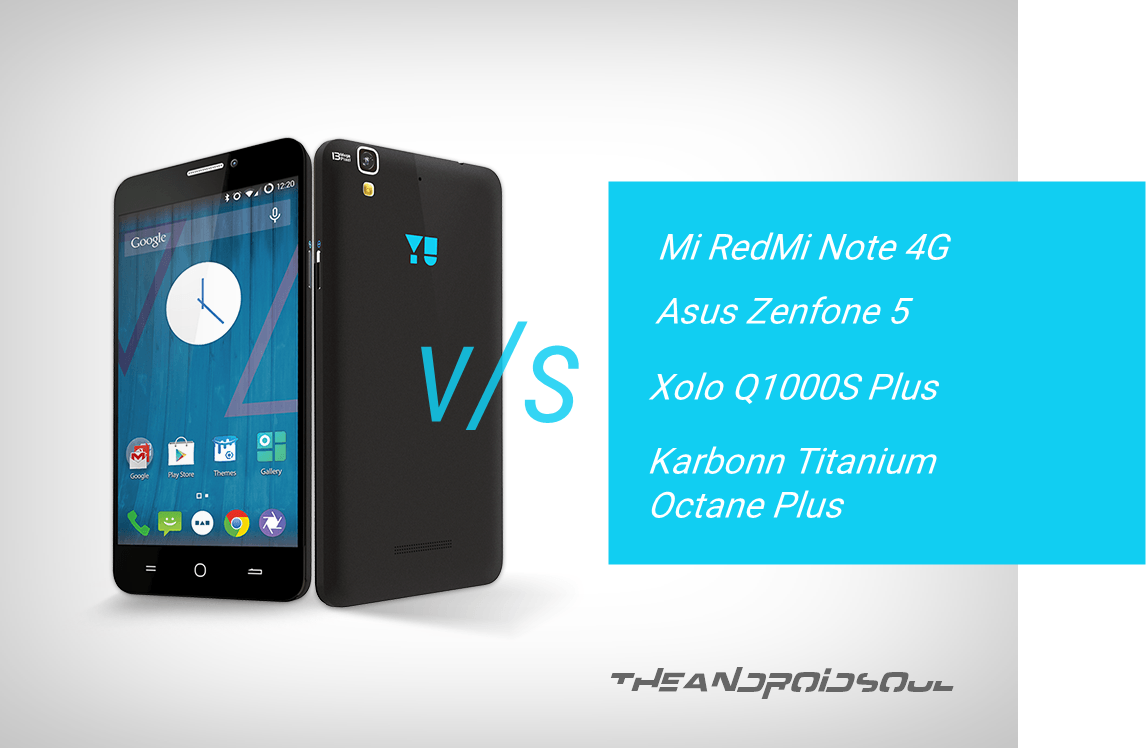
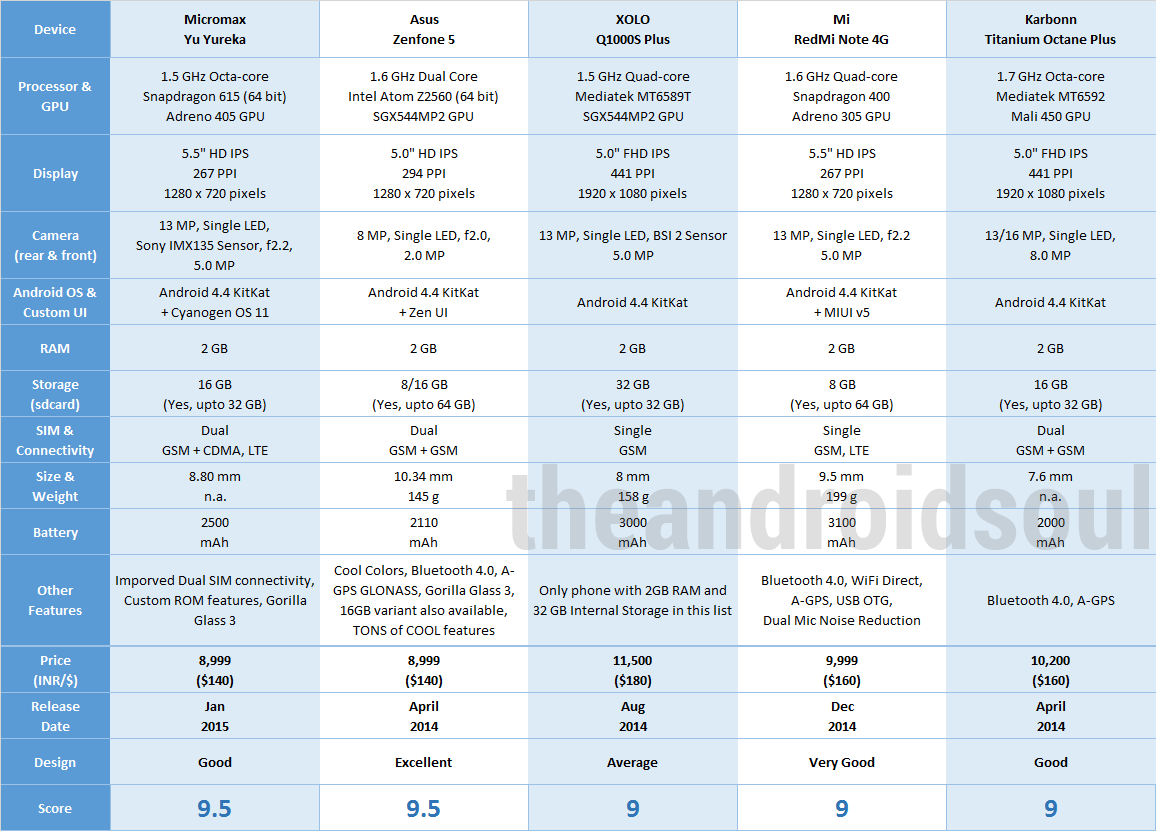


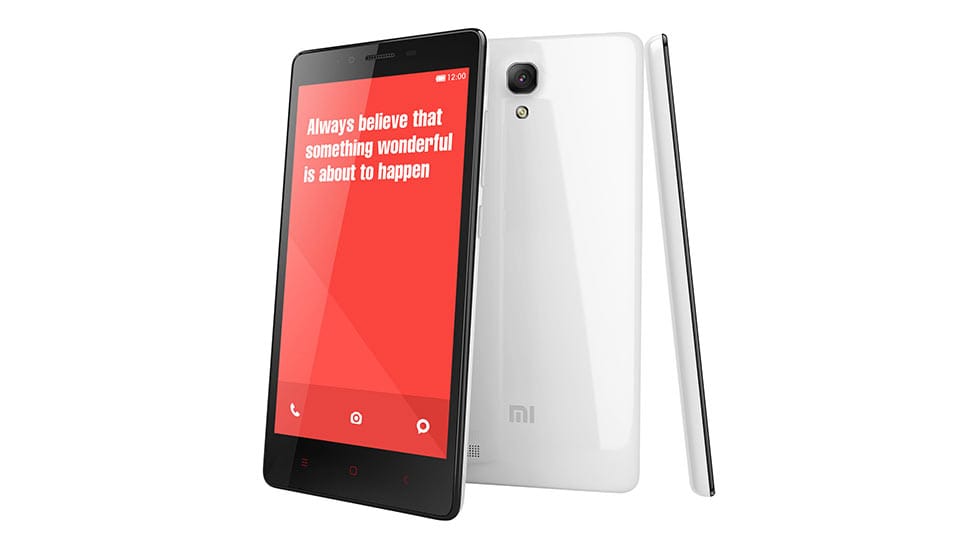
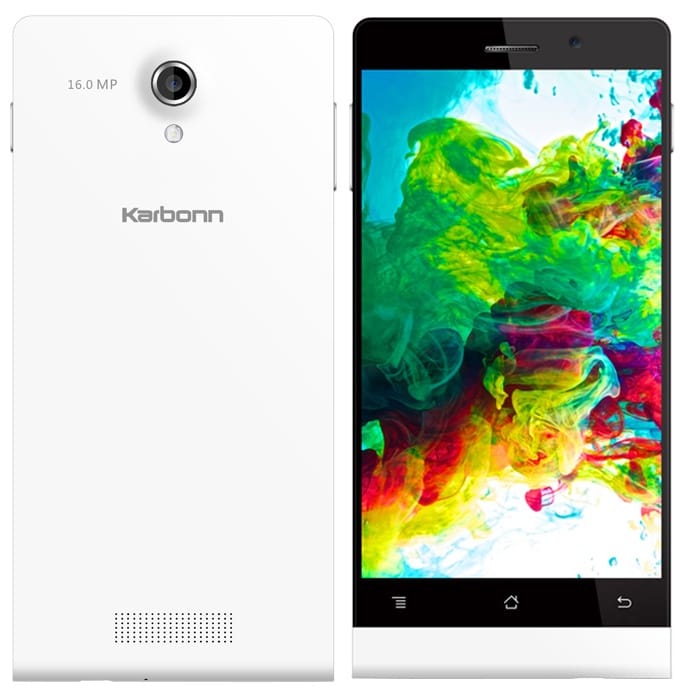
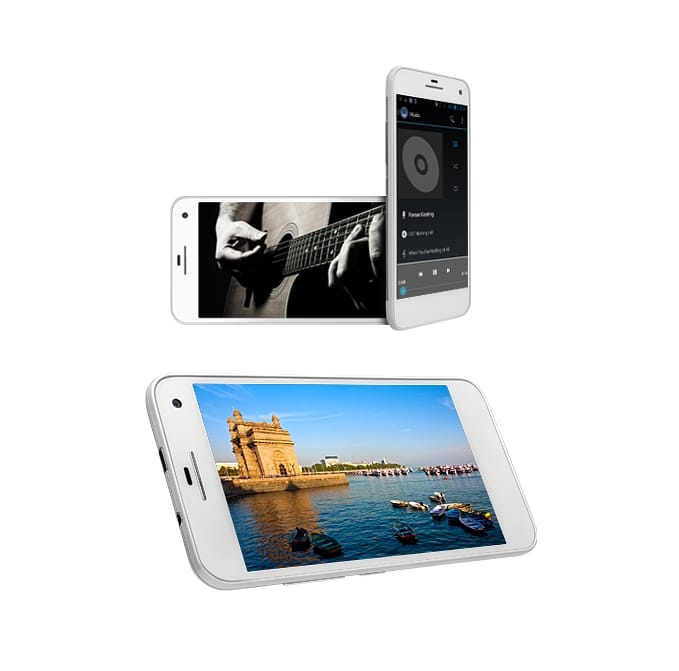






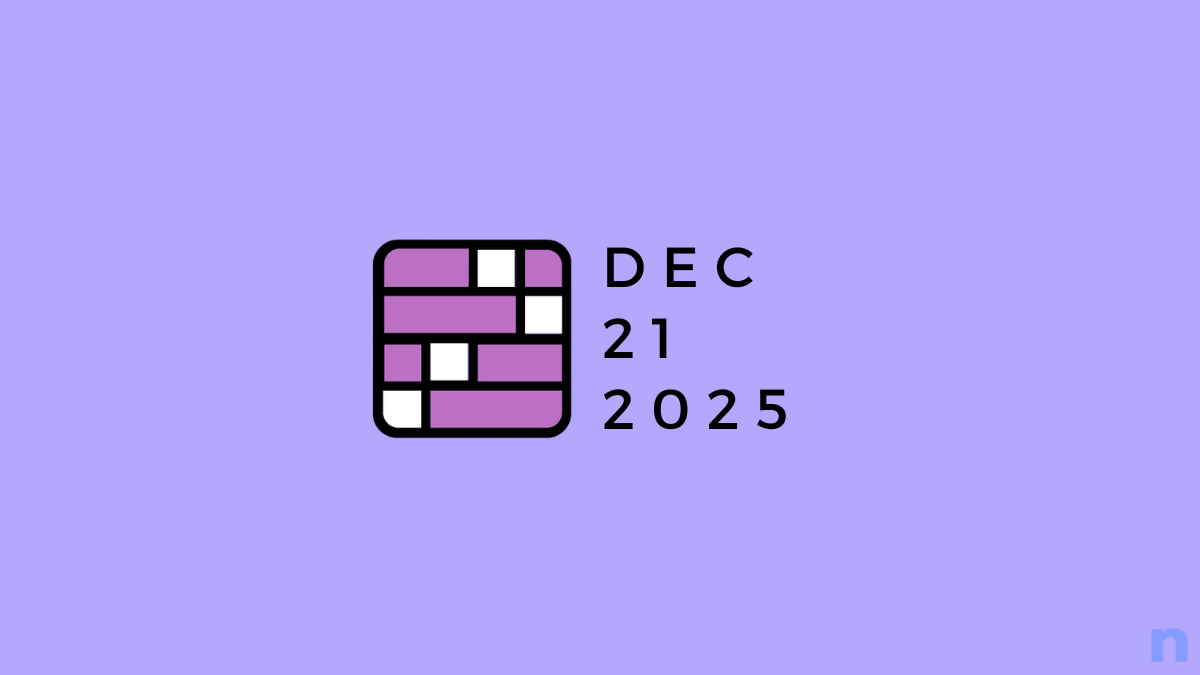

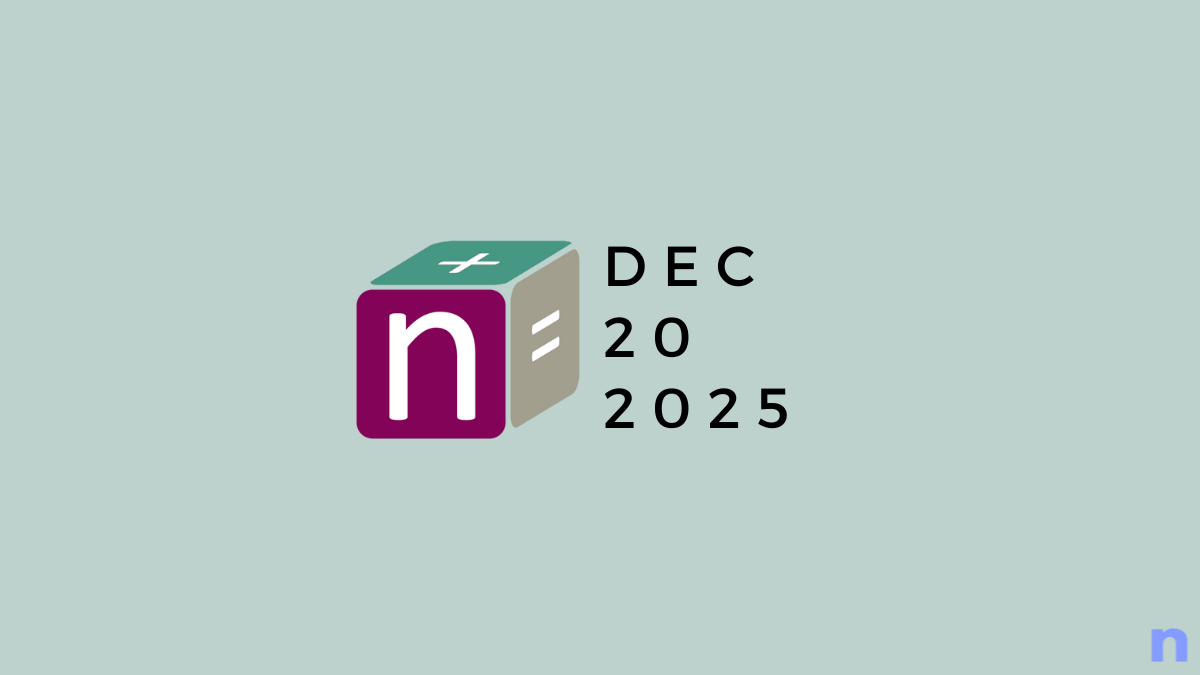


Discussion